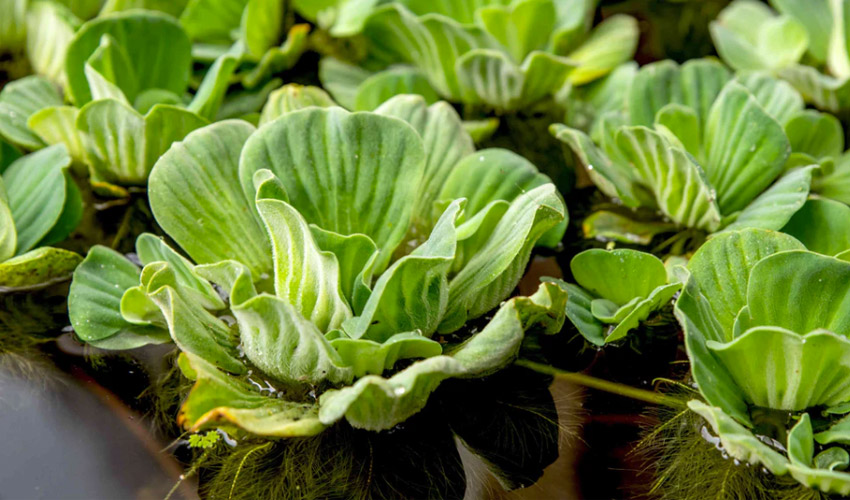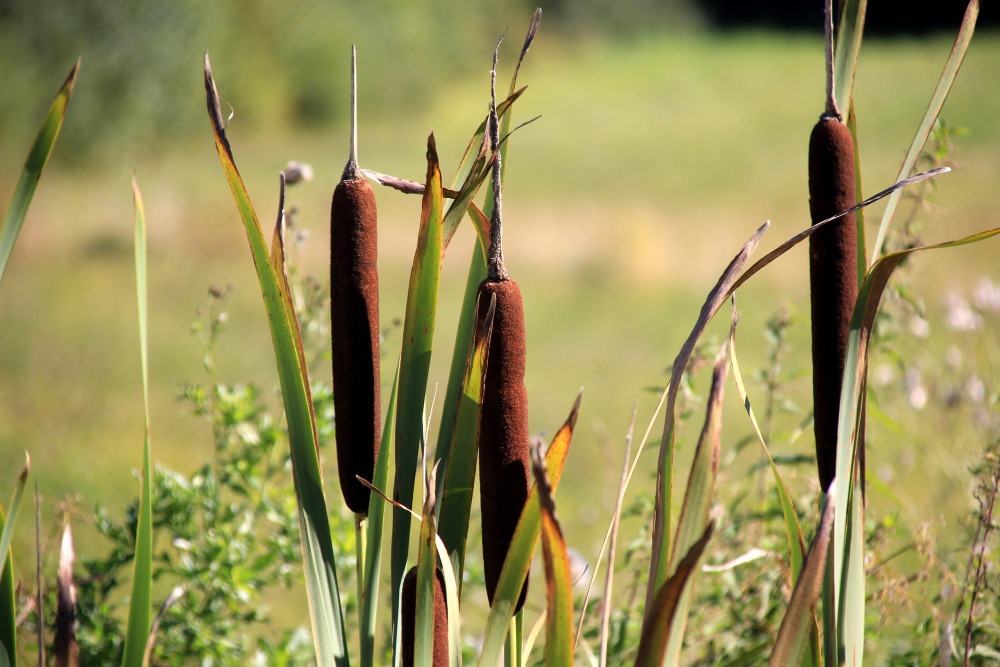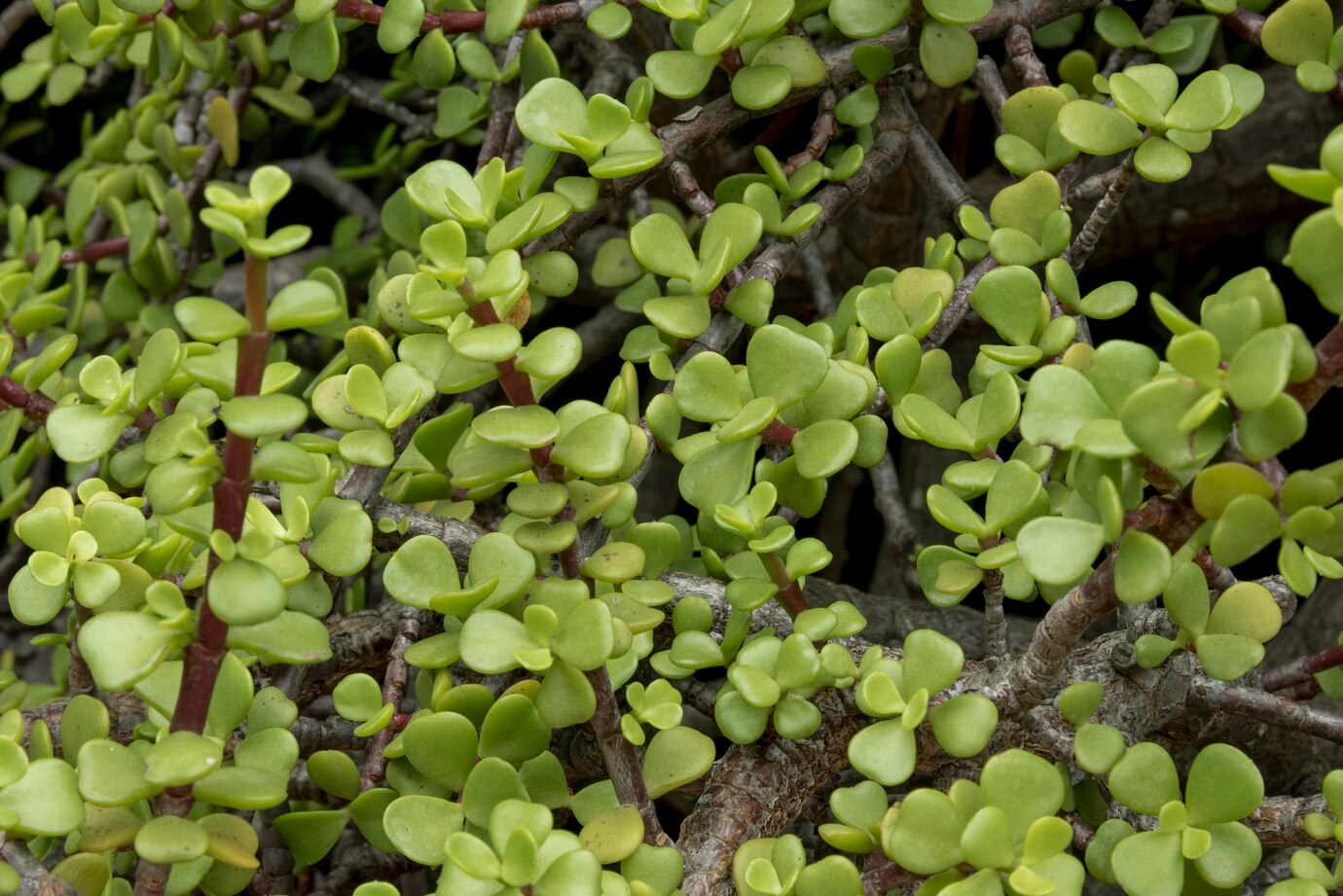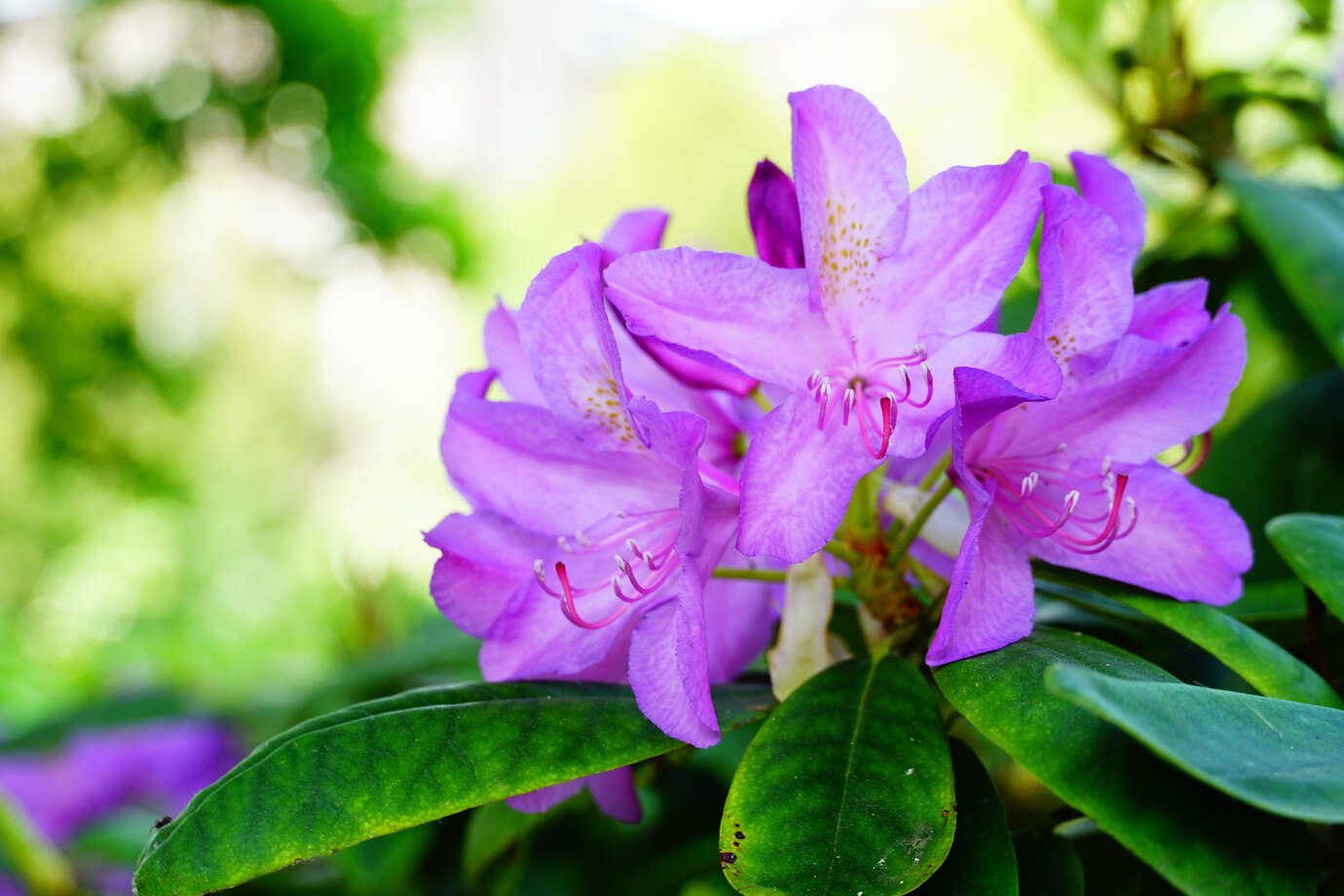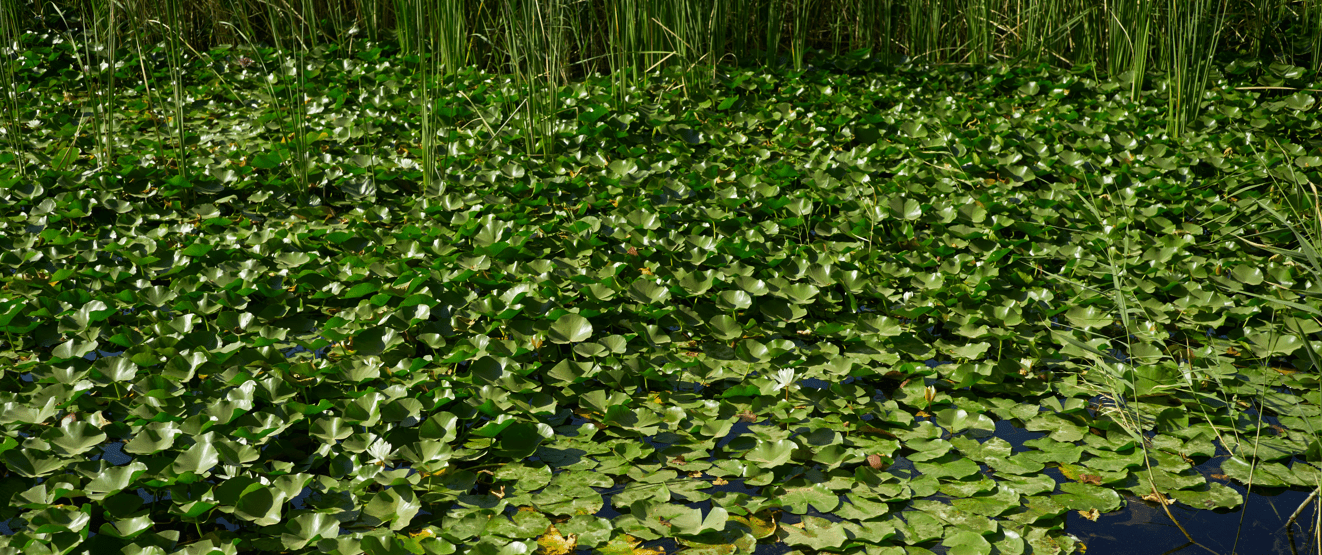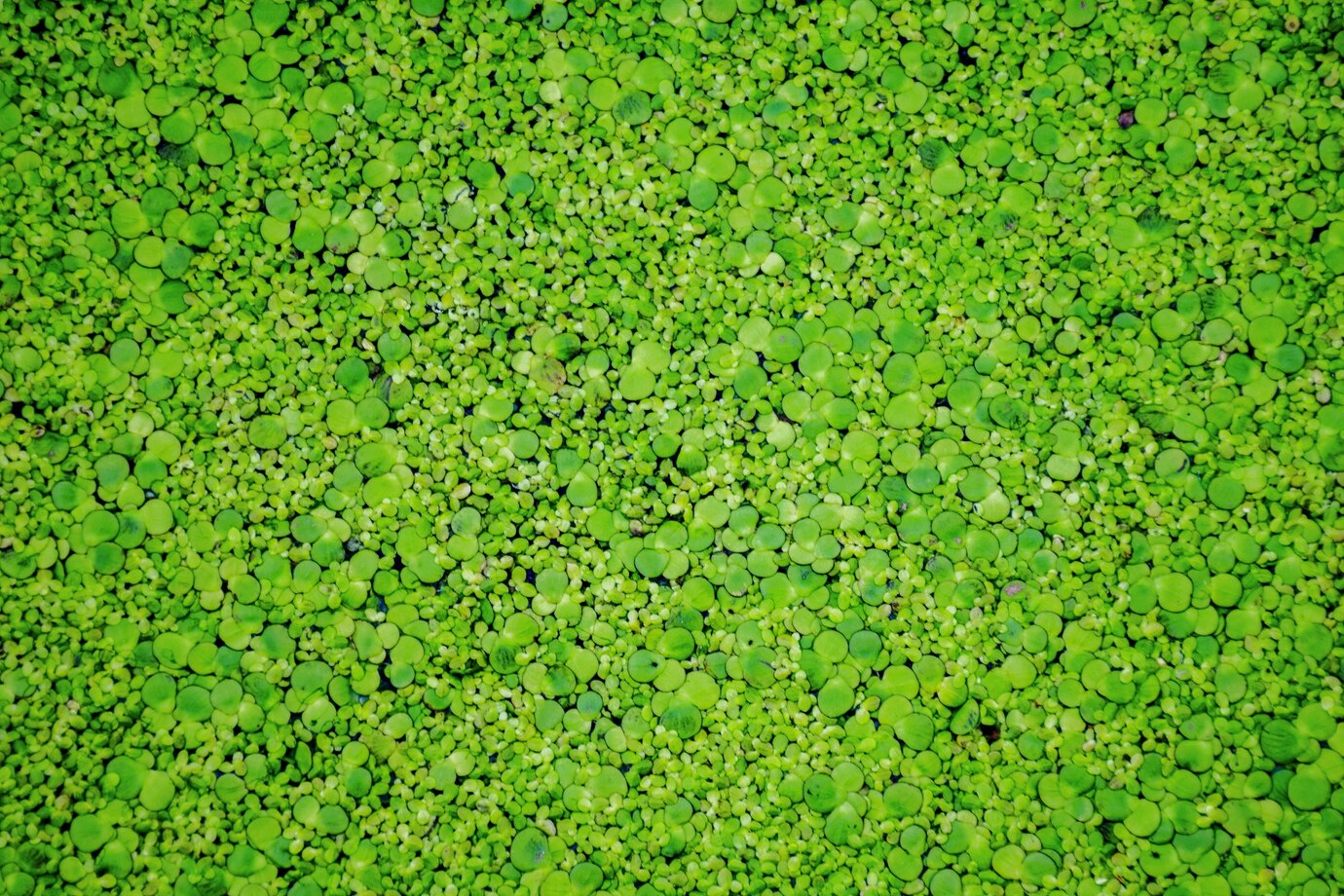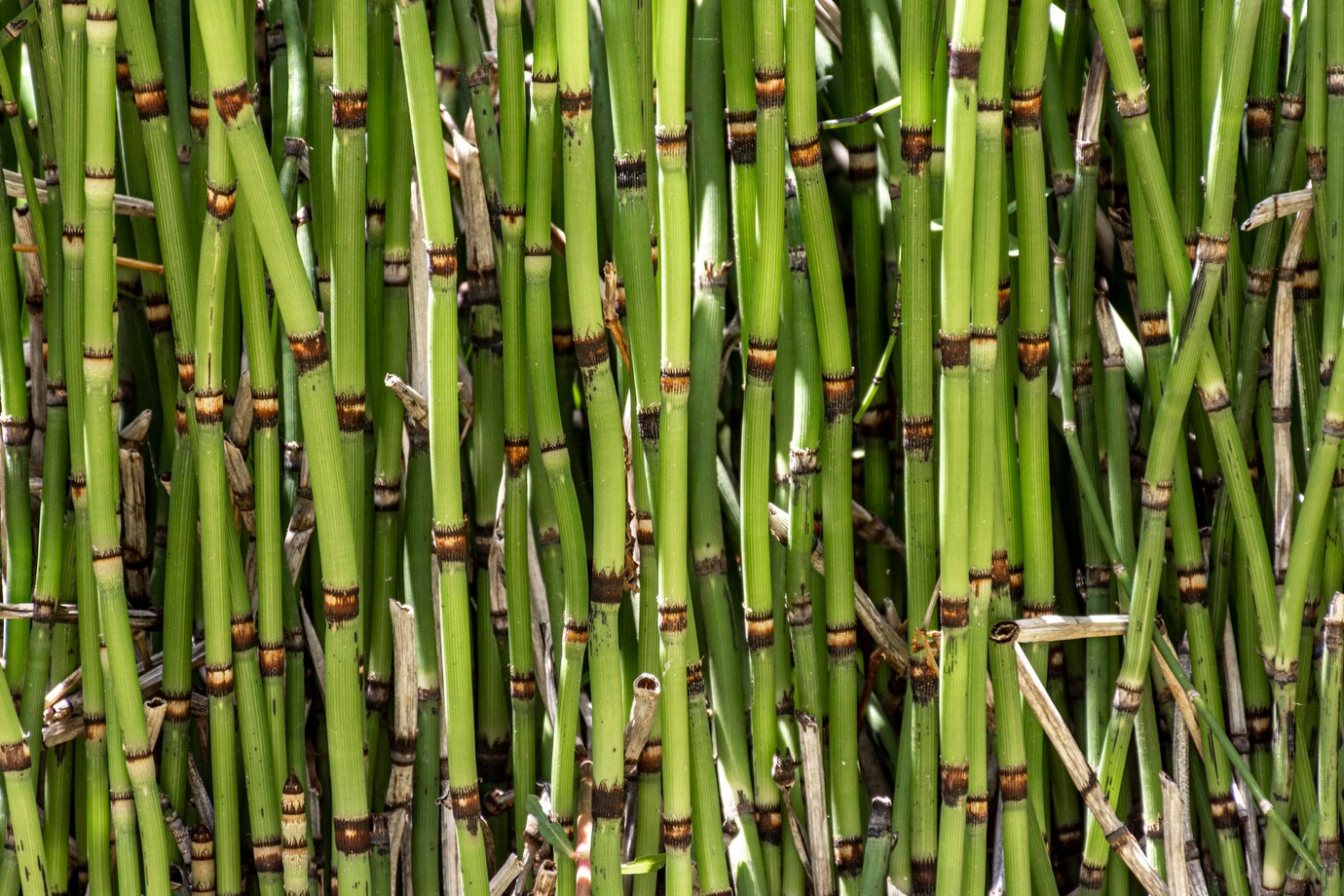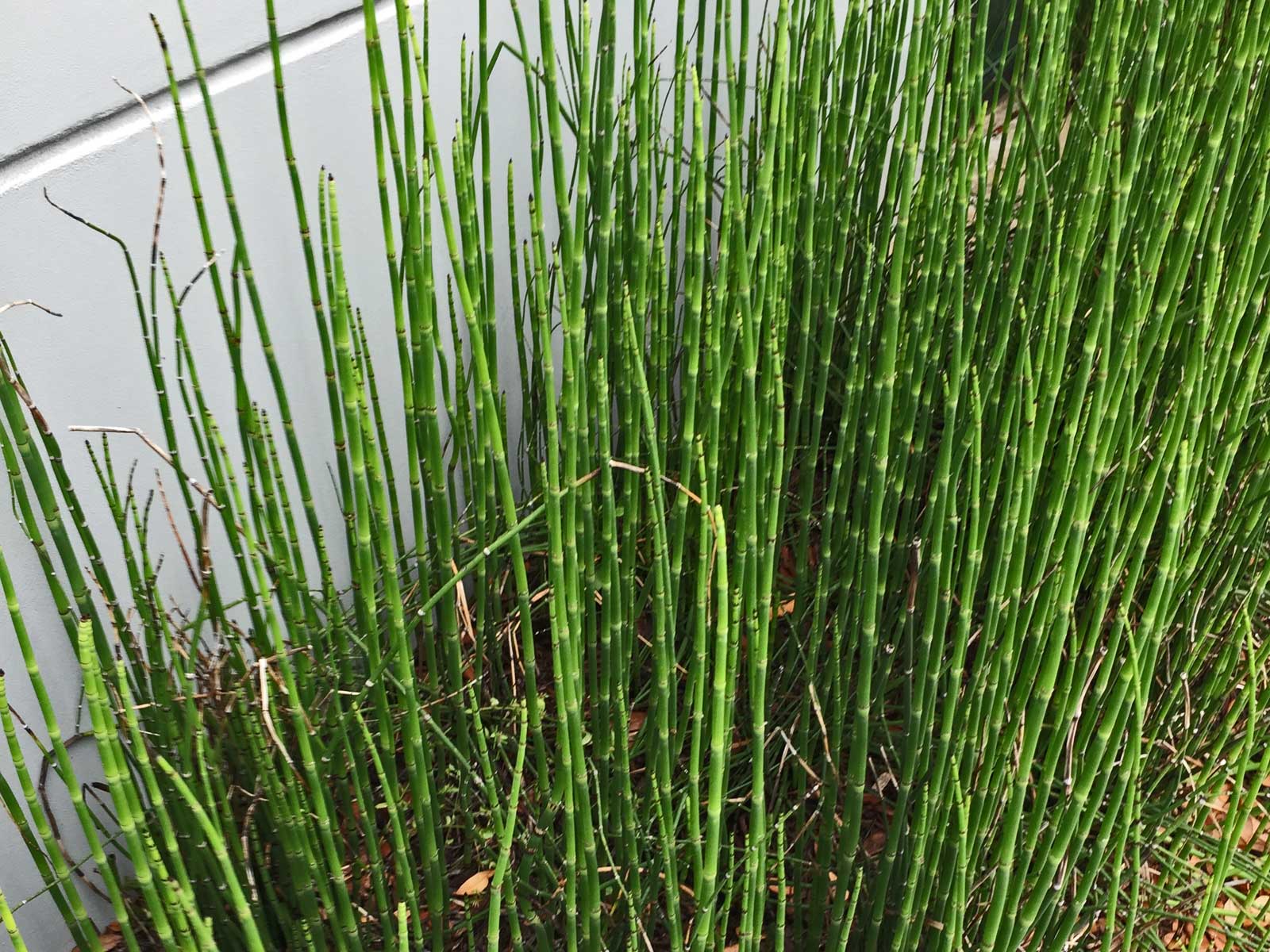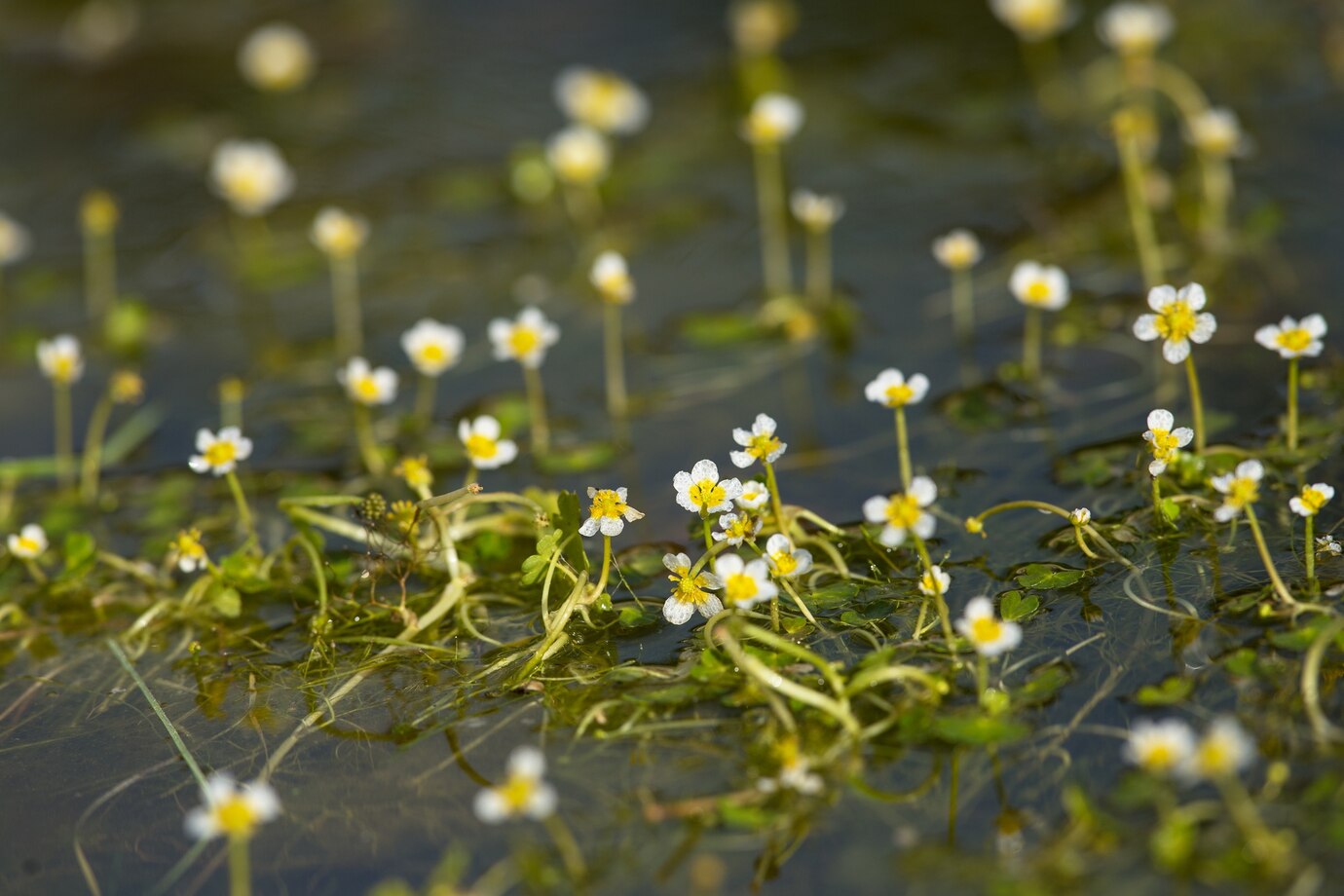Water lettuce (Pistia stratiotes) is a free-floating aquatic plant that is found in tropical and subtropical regions worldwide. Its leaves, shaped like small lettuce heads, create thick mats on the water surface, offering shade and shelter for aquatic creatures.
While valued for its ornamental appeal and natural water-cleaning abilities, water lettuce can turn invasive when conditions are favorable, potentially disturbing ecosystems and obstructing waterways.
Table of Contents
ToggleBenefits of Water Lettuce
Water lettuce offers a variety of advantages, both for the environment and for enhancing the visual appeal of water bodies.
Enhances Water Quality: This plant absorbs excess nutrients, like nitrates and phosphates, which can otherwise fuel algae growth, helping to keep water cleaner and healthier.
Supports Aquatic Life: Its dense roots create a natural habitat and breeding area for numerous aquatic creatures, including fish, insects, and amphibians.
Provides Shade: By forming a floating cover on the water surface, water lettuce shades the water below, protecting wildlife from intense sunlight and helping to maintain stable water temperatures.
Prevents Erosion: The thick root mat helps reduce the effect of waves along shorelines, contributing to erosion control.
Adds Visual Appeal: Its lush, lettuce-like leaves bring a distinctive and attractive look to ponds, lakes, and other water features.
Is Water Lettuce Toxic or Invasive?
Water lettuce (Pistia stratiotes) is generally safe for humans and animals, but it can be highly invasive. In warm, nutrient-rich waters, it can grow quickly, forming thick mats that cover the surface of ponds, lakes, and slow-moving rivers.
This rapid growth can disrupt local ecosystems by blocking sunlight and lowering oxygen levels in the water, which can stress or harm other aquatic organisms. It may also obstruct water flow and make navigation difficult.
Because of its invasive potential, some regions regulate or ban water lettuce. Always check local rules before adding it to any water body.
How to Grow Water Lettuce
Water lettuce is easy to grow as long as it receives sufficient sunlight and nutrient-rich water. Being a tropical plant, it thrives in warm conditions. Therefore, in cooler climates, it is best grown during the summer or in a heated indoor pond or aquarium.
Planting Water Lettuce
- Choose healthy water lettuce from a trusted nursery or aquatic plant supplier. Ensure the plants exhibit no signs of pests or disease.
- Ensure your pond, pool, or aquarium has warm, nutrient-rich water (above 15°C / 60°F) and receives adequate sunlight before introducing the plants.
- Place the water lettuce gently on the water surface. The plants will float naturally, with their roots dangling in the water.
- Keep the plants away from strong currents or areas where they might be submerged. Water lettuce prefers calm, still water.
- Place the water body where the plants can get at least six hours of sunlight each day.
Propagating Water Lettuce
- Check regularly for new offshoots, or “pups,” which grow at the edge of existing plants, connected by a short stolon or runner.
- Once a pup has developed several leaves, gently cut the connecting stolon with a clean, sharp tool to separate it from the parent plant.
- Place the new plant on the water surface in the desired spot. It will float and start growing independently.
- Ensure the new plant has sufficient light and nutrients. Monitor its health and remove any yellowing or damaged leaves.
- Water lettuce can quickly cover an entire pond or aquarium. Thin out plants regularly to allow sunlight penetration and prevent oxygen depletion.
How to Grow Water Lettuce from Seed
Growing water lettuce from seed is quite difficult, as the plant rarely flowers or produces seeds outside its native tropical environment. Even when seeds are available, they are tiny and tricky to handle.
For this reason, water lettuce is most commonly propagated by dividing daughter plants, which is a far easier and more reliable method. However, if you do obtain seeds and want to try growing them, follow these general steps:
- The seeds have a tough outer shell. Gently rubbing them between pieces of sandpaper can help break the shell and improve germination.
- Keep the seeds in warm water for 24 hours to soften the shell and prepare them for sprouting.
- Place the seeds on the surface of a shallow container filled with water, allowing them to float naturally.
- Place the container in a warm, well-lit spot. The seeds require consistent warmth and light to germinate, a process that may take several weeks.
- Once the seedlings have grown into small plants, transfer them to a pond, aquarium, or other suitable water feature.
Care Tips for Water Lettuce
Follow these simple tips for thriving water lettuce to keep your plants healthy, vibrant, and well-balanced in any tank or pond environment.
Tank Size: Water lettuce can grow quite large, with leaves reaching up to 10 inches across under ideal conditions. Ensure your tank has sufficient surface area to accommodate the plants, as overcrowded tanks can stunt their growth.
Lighting: The plant thrives with plenty of light, ideally 12–14 hours a day. Place your tank in a bright spot or use an aquarium lamp to provide additional light if needed.
Water Quality: Water lettuce prefers nutrient-rich water. In a tank or small pond, you might need to add a water-soluble fertilizer to maintain healthy growth.
Temperature: Being a tropical plant, water lettuce grows best in warm water between 20–30°C (68–86°F). If your home is cooler, an aquarium heater can help maintain the proper temperature.
Fertilizer: Fertilizer can boost growth, especially in enclosed systems where nutrients can become depleted. Use a balanced, water-soluble fertilizer and follow recommended dosages. Avoid over-fertilizing, as excess nutrients can promote algae. In fish tanks or ponds, extra fertilizer may not be necessary, since fish waste naturally contributes nutrients. Monitor both plant health and water quality when using fertilizers.
Pruning
- Look for yellowing, browning, diseased, or pest-infested plants.
- Gently remove these plants by hand or with a net, taking care not to damage surrounding roots.
- If the plants cover too much of the water surface, thin them out to allow light penetration and prevent oxygen depletion, which can harm fish and other aquatic life.
- Since water lettuce can be invasive, dispose of pruned plants safely. Never release them into natural waterways.

